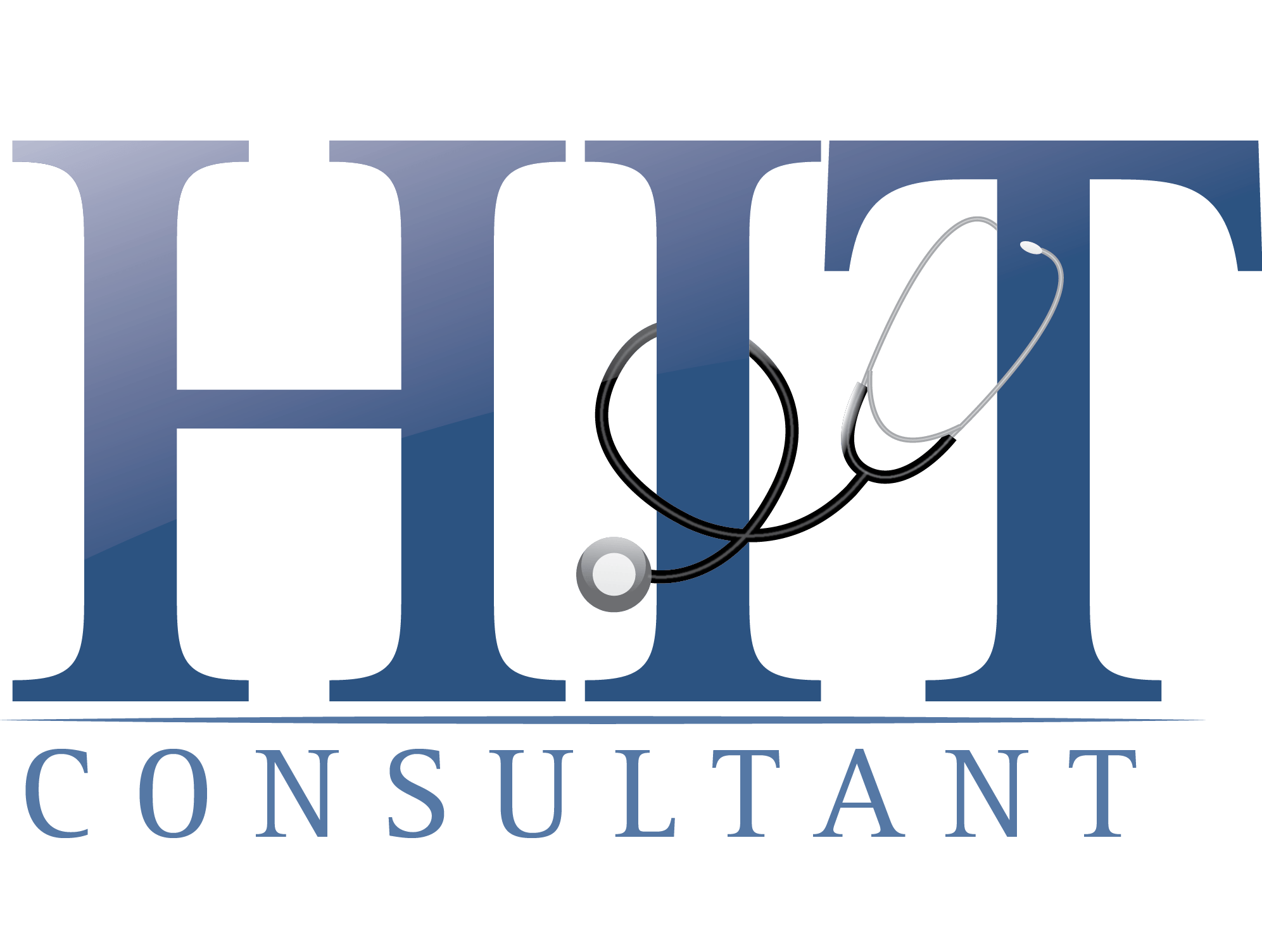
What You Should Know:
– A new data analysis from DoseSpot, a leader in e-prescribing and healthcare technology solutions, found that 92 percent of GLP-1 prescriptions the company processed in Q1 2025 could have been filled at a lower price. This translates to a staggering $10.2M in missed savings for patients on these popular medications.
– The analysis of over 100,000 prescriptions highlights a significant gap in cost transparency and access to savings programs, contributing to the high cost of these drugs for millions of Americans.
A Widespread Problem with a Simple Solution
The analysis focused on 102,166 prescriptions for manufacturer brands like Mounjaro, Ozempic, and Zepbound. It evaluated whether each prescription was eligible for additional savings through different pharmacies or via manufacturer cost-saving programs.
The findings were clear: the vast majority of patients are overpaying. The potential savings would have come from three key areas:
- Giving patients transparent pharmacy pricing information.
- Letting patients choose their pharmacy or dispensing option.
- Utilizing manufacturer cost-savings programs.
The bulk of the potential savings—a massive $7M—would have come directly from manufacturer cost-savings programs, which many patients are simply unaware of.
The High Cost of Non-Adherence
With 1 in 8 American adults having reported using a GLP-1, and cost being the top reason why 33% of Americans don’t fill their prescriptions, these missed savings have a direct impact on medication adherence and health outcomes. Out-of-pocket drug spending is on the rise, increasing by 25% over the last five years to $98 billion in 2024.
GLP-1 medication adherence is particularly low, with just 46.3% of users still on the medication after 180 days. Savings programs are a critical component to improving adherence, not just for one-time use but on a recurring basis.
“Regardless of their insurance status, the vast majority of patients are still unaware of cost saving programs,” said Josh Weiner, CEO of DoseSpot. “Patients need to do their homework – a quick online search for these programs can yield significant savings. Patients also need to speak with providers about pharmacy pricing and dispensing options – providers can access these details, but most don’t share it proactively – you need to ask.”

